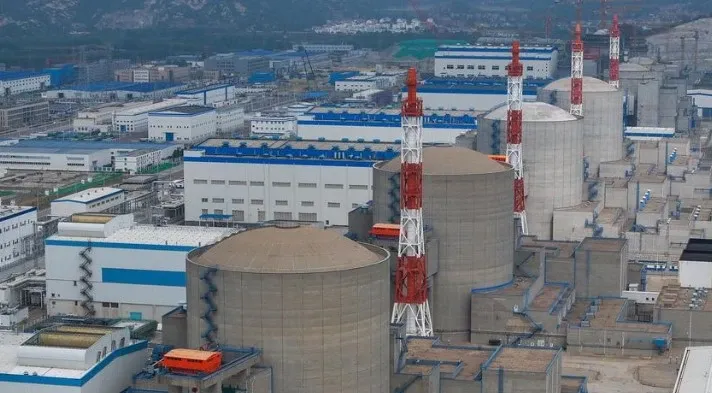Has Norway Launched Its First National Strategy for Radiation Protection and Nuclear Safety?

Synopsis
Key Takeaways
- Norway's first national strategy for radiation protection and nuclear safety has been launched.
- The strategy aims to improve health preparedness amid global tensions.
- It addresses shortcomings identified by the IAEA in 2019.
- Ten key goals have been established to enhance safety and oversight.
- Norway seeks to prioritize transparency and coordination in its strategy.
Oslo, July 3 (NationPress) Norway has unveiled its inaugural national strategy for radiation protection and nuclear safety, a strategic initiative designed to bolster the nation's health readiness and security in light of escalating global tensions, according to announcements from Norwegian officials.
The newly established strategy delineates Norway's international commitments regarding radiation safety, nuclear security, and emergency preparedness, as reported by Xinhua news agency citing a press release from the Norwegian government.
Moreover, it addresses the deficiencies highlighted by the International Atomic Energy Agency (IAEA) during its assessment of Norway's radiation safety frameworks in 2019.
“I am very pleased that we are now implementing the nation’s first national strategy in this domain. This initiative enhances our health preparedness and security,” stated Jan Christian Vestre, Minister of Health and Care Services.
Foreign Minister Espen Barth Eide stressed the increasing importance of nuclear safety matters. “Global tensions have heightened, making issues surrounding radiation protection and nuclear safety more crucial than ever.”
He further mentioned Norway's commitment to actively participate in international collaborations concerning these issues.
The national strategy pledges Norway to uphold a high standard of radiation protection to safeguard both human health and the environment.
It outlines 10 pivotal objectives, including ensuring independent regulatory oversight, fortifying safety regulations, adopting a life-cycle perspective on radiation-related activities, and reducing the risk of radiation and nuclear accidents.
Additionally, Norway seeks to enhance patient safety in the medical application of radiation, improve management of radiation sources beyond government control, and guarantee that all radiation-related undertakings prioritize safety above all.
Furthermore, the strategy emphasizes the necessity of openness, transparency, and coordination within Norway's framework for radiation protection and nuclear safety.







